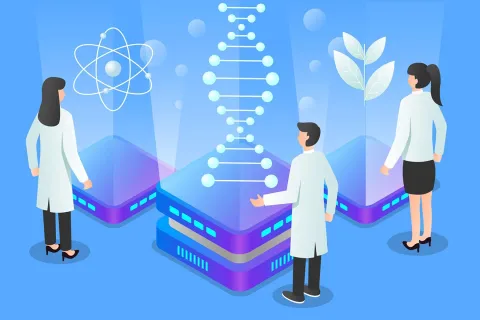
Quality and compliance are the building blocks of safety and efficacy of drugs and devices. They are the pathways for life science organizations to provide a meticulous framework to their businesses. According to a recent survey, over the years, the Regulatory scrutiny has increased across various aspects of the business including clinical operations, data privacy, and sales and marketing. These keen observations are driving organizations to explore the hidden opportunities and potential of innovative compliance. However, the shift in the global compliance requirements is pushing companies to continuously adopt the evolving standards.
To better satisfy the global Regulatory compliance requirements, businesses should modernize their approach, to ensure the needs of both, business as well as end-users are met. Modernizing compliance approach can result in the development of a value-adding strategy in terms of efficiency and shaping the future of compliance landscape. But from a holistic view, there are a few challenges that should be addressed first, like:
1. Lack of innovation
Even though the pharma industry is investing in technology, the fact that only a little emphasis is given to compliance is alarming. The lack of automation in the process and structure of compliance leads to increased cost and approval time. Organizations need to understand and implement innovative technologies and must upgrade their legacy systems to sustain the evolving standards.
2. Global regulations
In order to maintain compliance throughout the process of development, companies need to stay abreast with the global Regulatory compliance requirements. As it is quite challenging in real-time without dedicated resources, companies need to consult a Regulatory expert or invest heavily on in-house Regulatory Affairs experts.
3. Disintegrated Data
Most of the companies keep their data in silos for various security reasons, which limits the visibility of the data to the applicant. If more than one person needs to access a piece of data, they need to have an individual copy of it, which leads to redundant data and inefficient operations.
4. Unstructured Data
With data being generated from disparate sources, reporting becomes difficult because of lack of congruity in the data. It lengthens the process of compliance and can hamper real-time insights.
Since achieving compliance is unavoidable for life science businesses, manufacturers need to modernize their approach to stay in the competition. In a way, considering modernized compliance as “sixth sense”, helps to identify potential risk and opportunities and plan the processes accordingly. Let’s take a look at how we should do that.
- Data Integrity – In life sciences, one thing that is of utmost importance is, data. Therefore, a lot of measures have been developed and are being implemented to stop the violations of data integrity across the world. For example, in 2016, after witnessing a series of data integrity violation cases in the USA, FDA published “Data Integrity and Compliance with CGMP Guidance for Industry”.
- Quality Metrics – To monitor the quality of internal processes and to implement standardized GxPs, companies should rely on quality metrics. In some cases, outsourcing GMP critical activities can lead to compliance risks. So, to overcome this, the industry has successfully adopted the cloud-based approach making it a single sharing source for the data, which helps avoid duplication and improves quality metrics.
- Pharma 4.0 – After applying the concepts of Industry 4.0, life sciences industry is now going for the revolution; Pharma 4.0. With this revolution, the industry is expected to see more pilot activities using digital technologies. The main aim of pharma 4.0 is to improve and modernize the quality management systems. Pharma 4.0 is necessary for qualitatively assessing the risks beforehand and taking effective steps to mitigate them.
- Cloud and Compliance – The trend of combining the benefits of cloud with that of compliance gained momentum in 2017. Looking at the progress of the industry, it is safe to say that the trend is going to face a lot more attention in the coming years. Why? Because cloud computing has the capability of modernizing and unifying the quality management system by providing real-time information. It eases the process of accessing, assessing and sharing the data.
Though afore-mentioned trends are a reflection of the transformation taking place in the life sciences industry, they come with a certain price as they are time-bound and require expertise. Organizations need to evaluate their existing processes and work with Regulatory compliance experts to remain compliant. Stay informed. Stay compliant.









